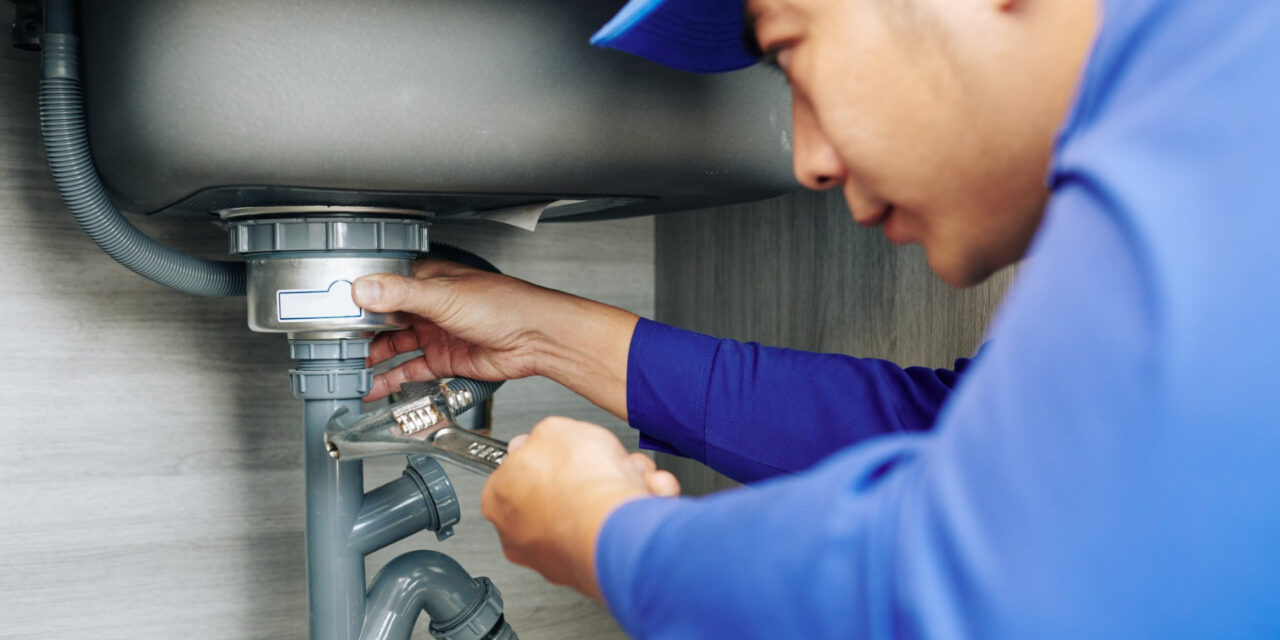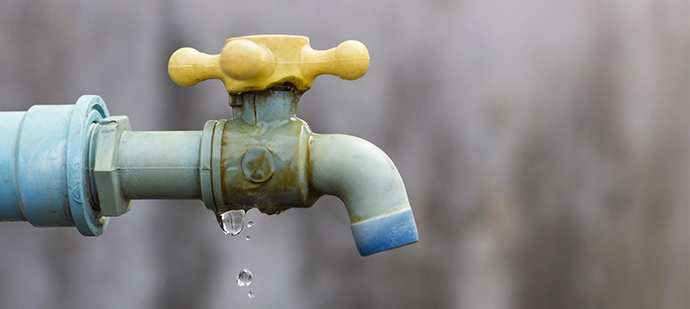Right here down the page you can get a good deal of incredibly good help and advice about Locating water leaks.

Early detection of dripping water lines can reduce a prospective catastrophe. Some tiny water leakages might not be visible.
1. Take A Look At the Water Meter
Inspecting it is a guaranteed method that helps you discover leakages. If it relocates, that indicates a fast-moving leakage. This implies you might have a sluggish leak that might even be underground.
2. Check Water Consumption
Assess your water bills and also track your water intake. As the one paying it, you need to see if there are any type of discrepancies. If you spot sudden changes, despite your intake being the same, it means that you have leakages in your plumbing system. Bear in mind, your water costs ought to drop under the very same range each month. An abrupt spike in your bill indicates a fast-moving leakage.
Meanwhile, a consistent rise every month, even with the exact same routines, reveals you have a slow-moving leak that's likewise gradually intensifying. Call a plumber to thoroughly examine your home, particularly if you feel a cozy area on your floor with piping underneath.
3. Do a Food Coloring Examination
When it pertains to water intake, 30% originates from toilets. Examination to see if they are running properly. Decrease flecks of food color in the container and also wait 10 minutes. There's a leak between the storage tank and also bowl if the color somehow infiltrates your dish throughout that time without flushing.
4. Asses Exterior Lines
Don't neglect to check your exterior water lines also. Examination spigots by attaching a yard pipe. Should water leak out of the link, you have a loose rubber gasket. Replace this and ensure all links are limited. It will help get it professionally examined and also maintained every year if you have actually got a lawn sprinkler system. One little leakage can lose lots of water and spike your water expense.
5. Analyze the situation as well as check
Home owners need to make it a behavior to inspect under the sink counters as well as also inside cabinets for any bad odor or mold development. These two warnings indicate a leakage so prompt focus is called for. Doing regular assessments, even bi-annually, can conserve you from a major trouble.
Check for stainings and weakening as the majority of devices as well as pipelines have a life span. If you suspect leaking water lines in your plumbing system, do not wait for it to escalate.
Early discovery of leaking water lines can alleviate a possible disaster. Some small water leakages may not be visible. Examining it is a surefire way that assists you uncover leaks. One tiny leak can squander lots of water and spike your water bill.
If you think dripping water lines in your plumbing system, do not wait for it to escalate.
How to Know If Your Home Has a Hidden Leak
Water Meter Reveals Inexplicable Water Usage
If you’d like to test whether or not there’s a leak somewhere in your home, you can do this using your water meter. Here is how to conduct the test:
Don’t use any water in your home for at least 30 minutes; this also means not turning on faucets or water-using appliances.
Go outside, and check your water meter for activity.
If your water meter shows that there was activity, even though no one was using any water, this proves that there is a leak in your home.Visible Mold or Mildew Growth
Leaks behind walls create moist, dark environments that allow mold and mildew to grow and thrive. Eventually, you might see mold growth forming on the wall closest to a hidden leak.
If mold is growing in an area that receives a high amount of moisture, such as a bathroom, it may simply be an indication that better ventilation is needed. However, if you see mold growth on a wall or the ceiling in an area where you would not expect, you probably have a hidden leak.
Musty, Mildew Odor
Sometimes you might not be able to see the mold or mildew that is growing as a result of a leak. However, the smell can give the problem away just as easily. If you catch a whiff of something musty, there’s a good chance that old water is collecting somewhere in your home that you can’t see.
Stained/Warped Walls, Ceilings, or Floors
When your home soaks up water, a variety of red flags can become visible, including ceiling stains, bubbling drywall, warped walls, and sagging floors. While these issues can be caused by excess humidity, they can also be signs that a pipe or plumbing connection has started leaking behind your walls.
Inexplicably High Water Bill
After a while, you get a general sense for what your water bill should be. If you own a pool or sprinkler system, your bill will tend to be higher during summer. However, if you receive a water bill that seems especially high, and you can’t figure out what caused it, then you may have a hidden leak somewhere that’s increasing your bill.
https://www.plumbingjoint.com/blog/2019/july/how-to-know-if-your-home-has-a-hidden-leak/

We had been brought to that article about Detecting hidden plumbing leaks through someone on a different web address. Enjoyed our blog entry? Please share it. Help someone else discover it. I value reading our article about Leaking water lines.